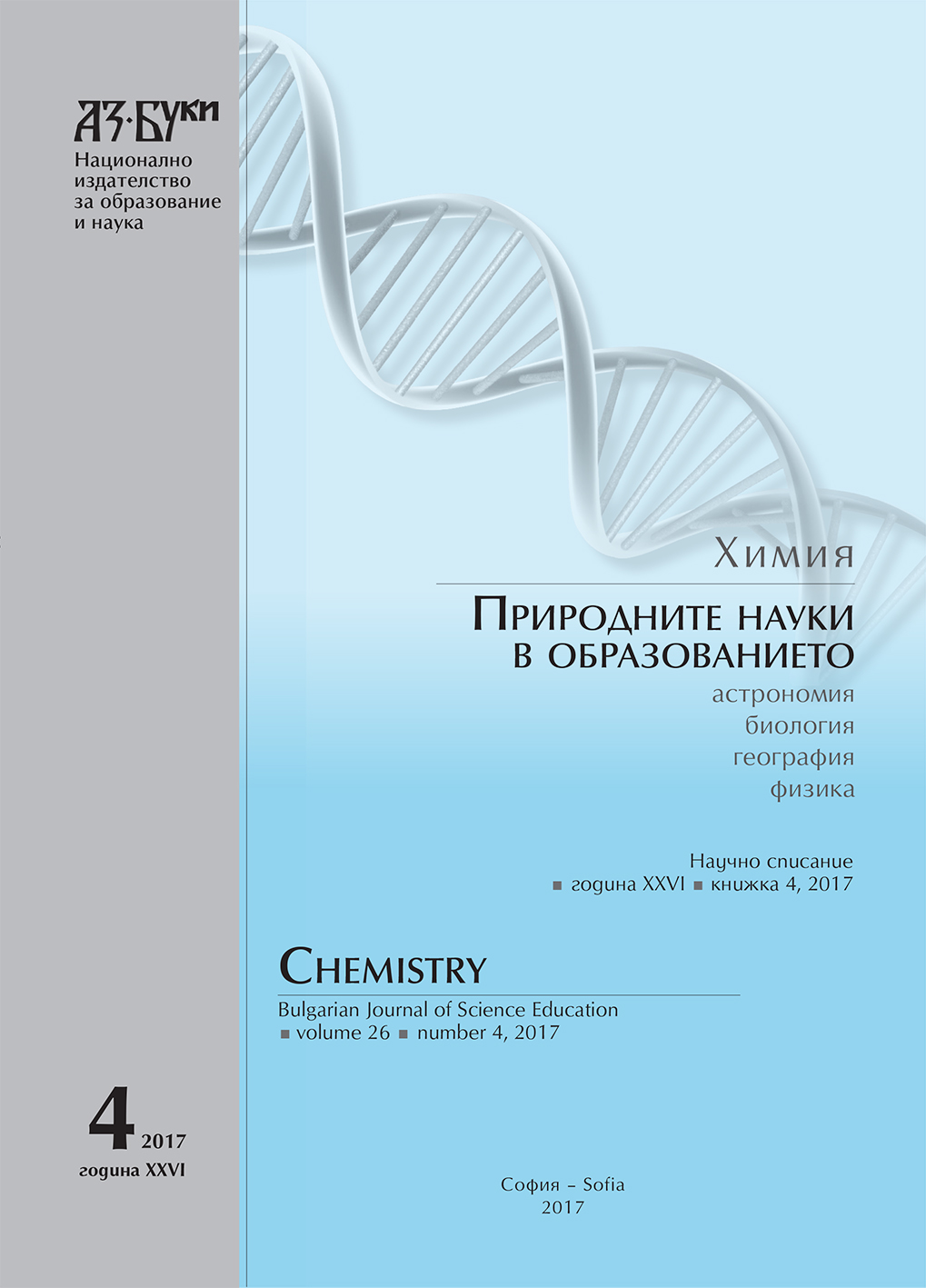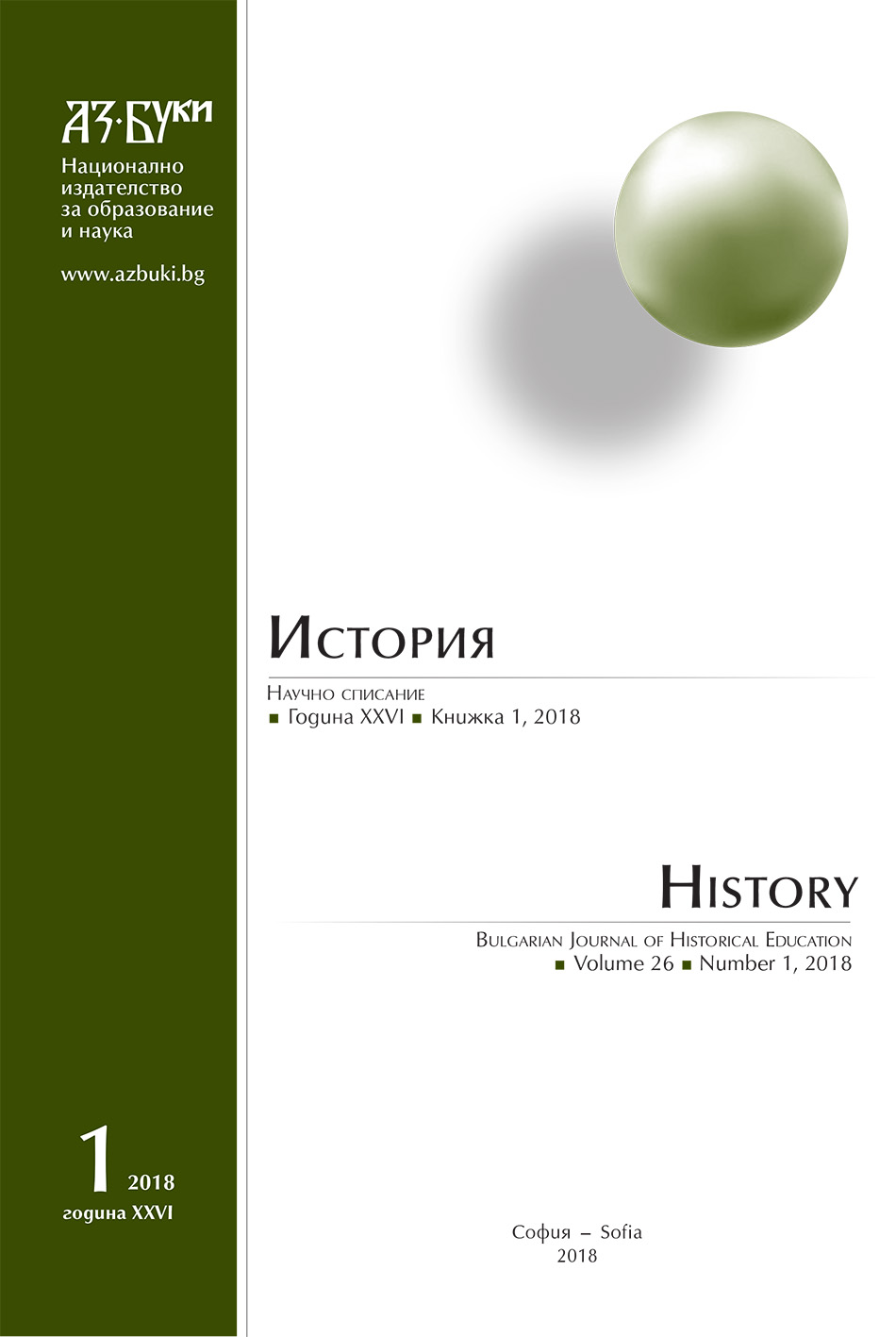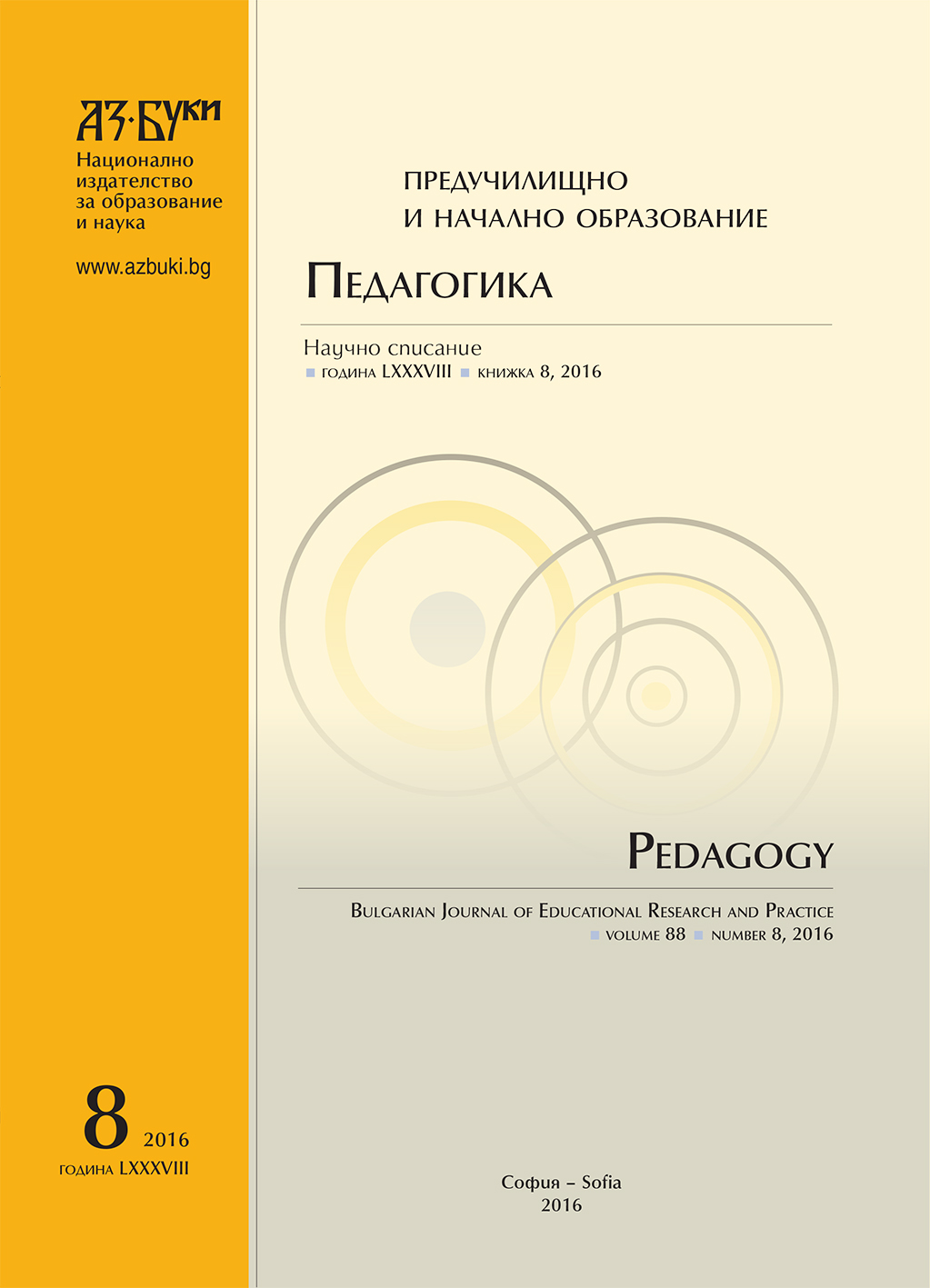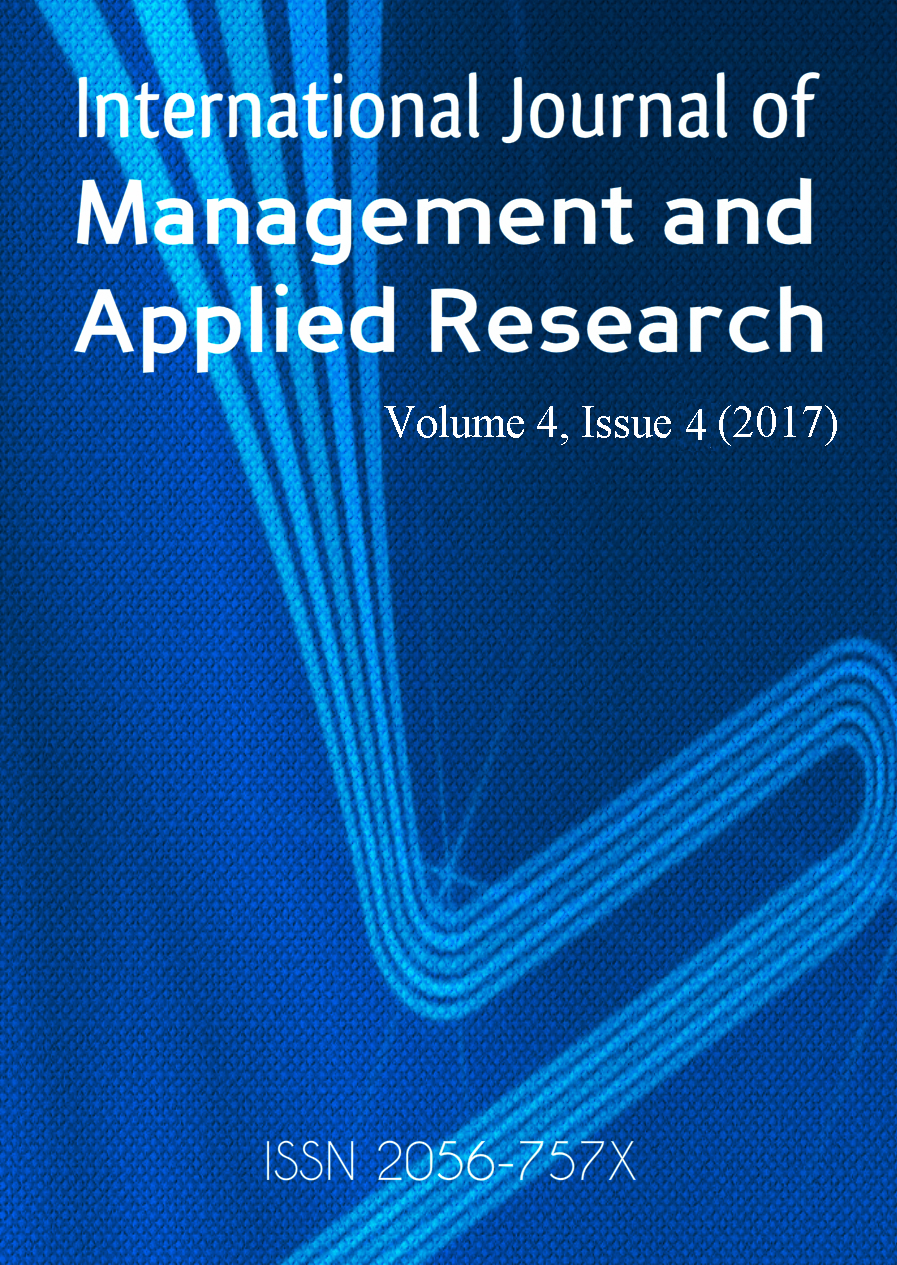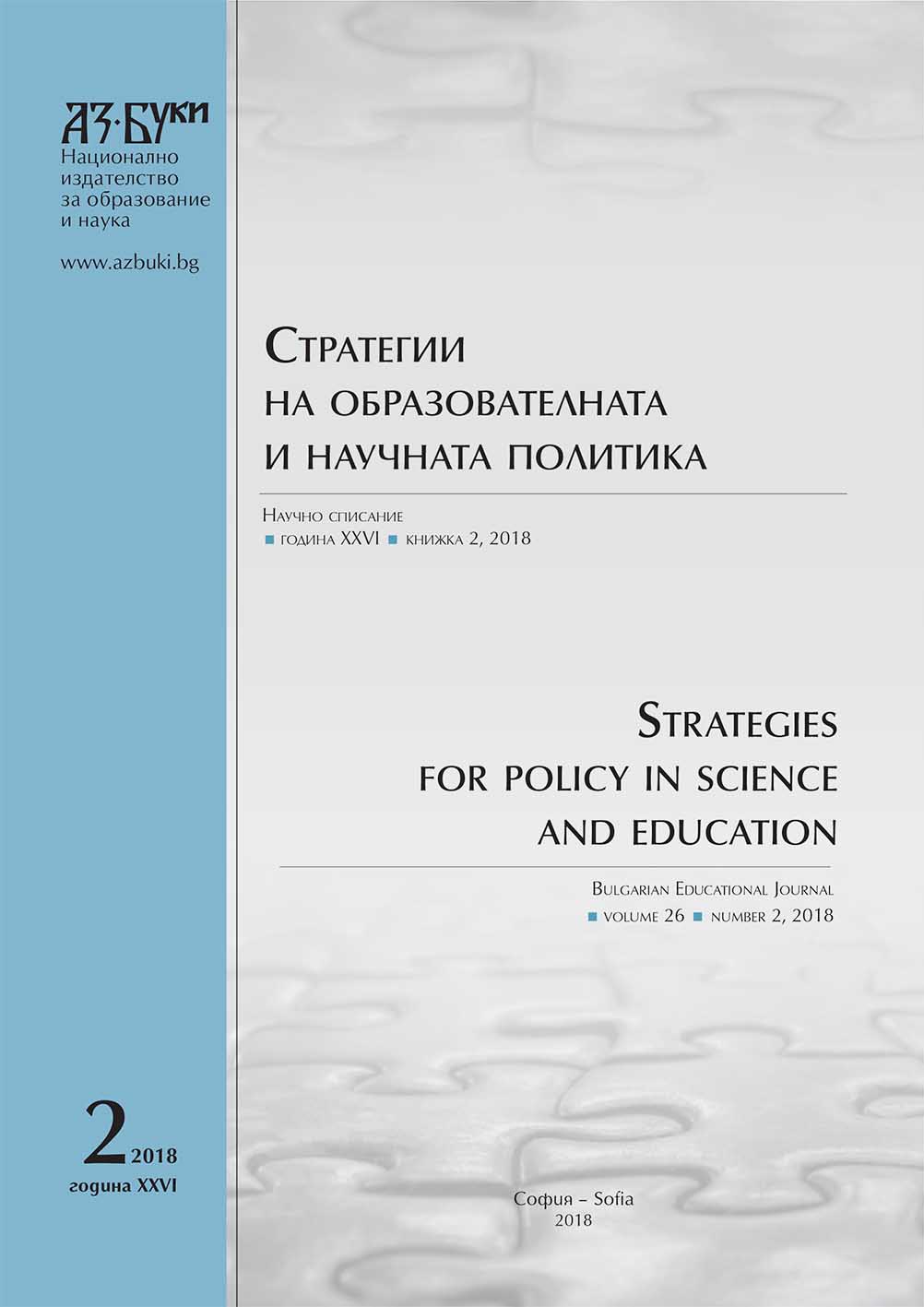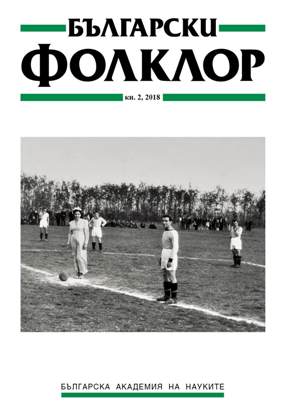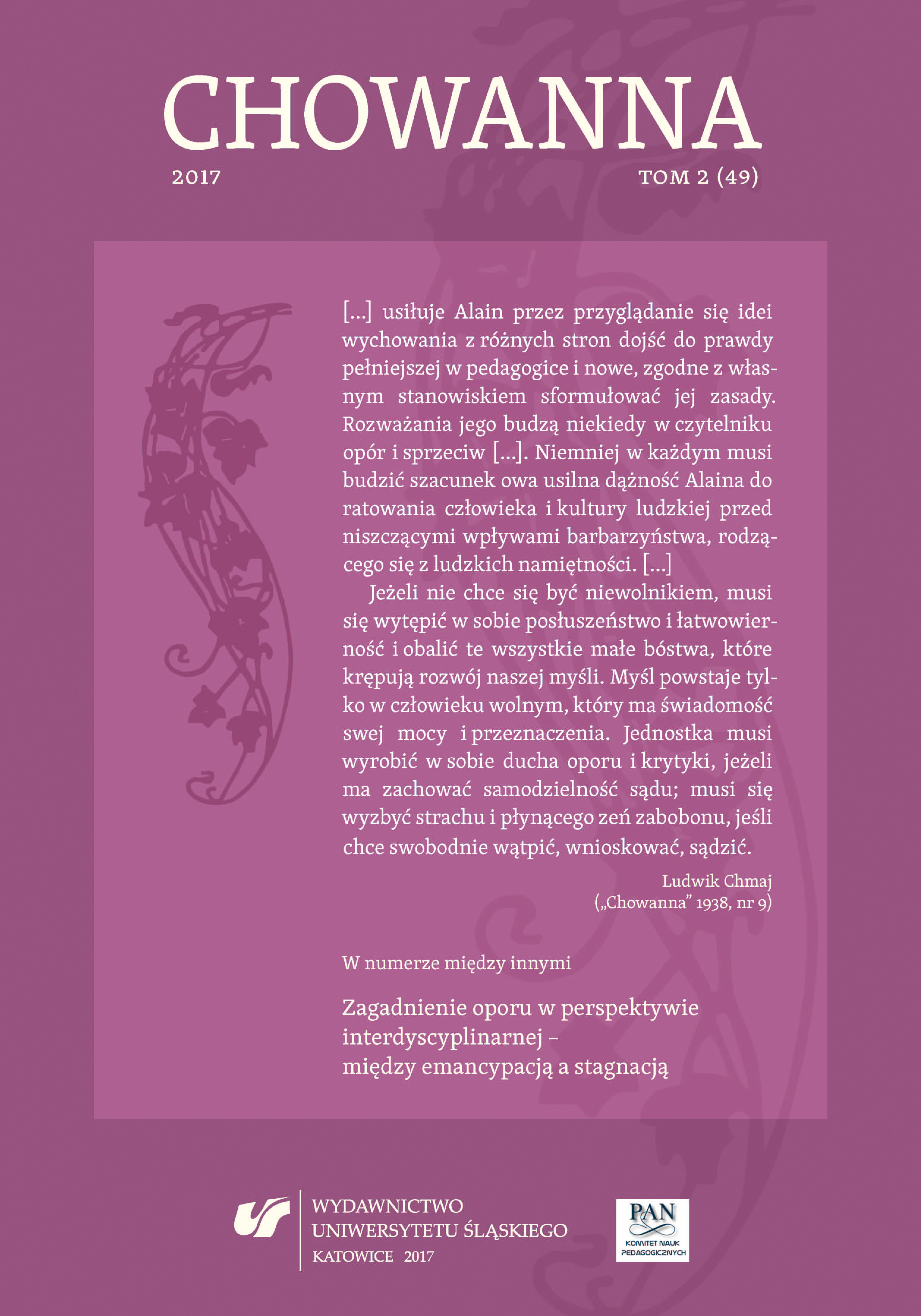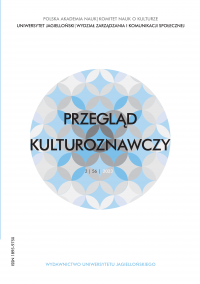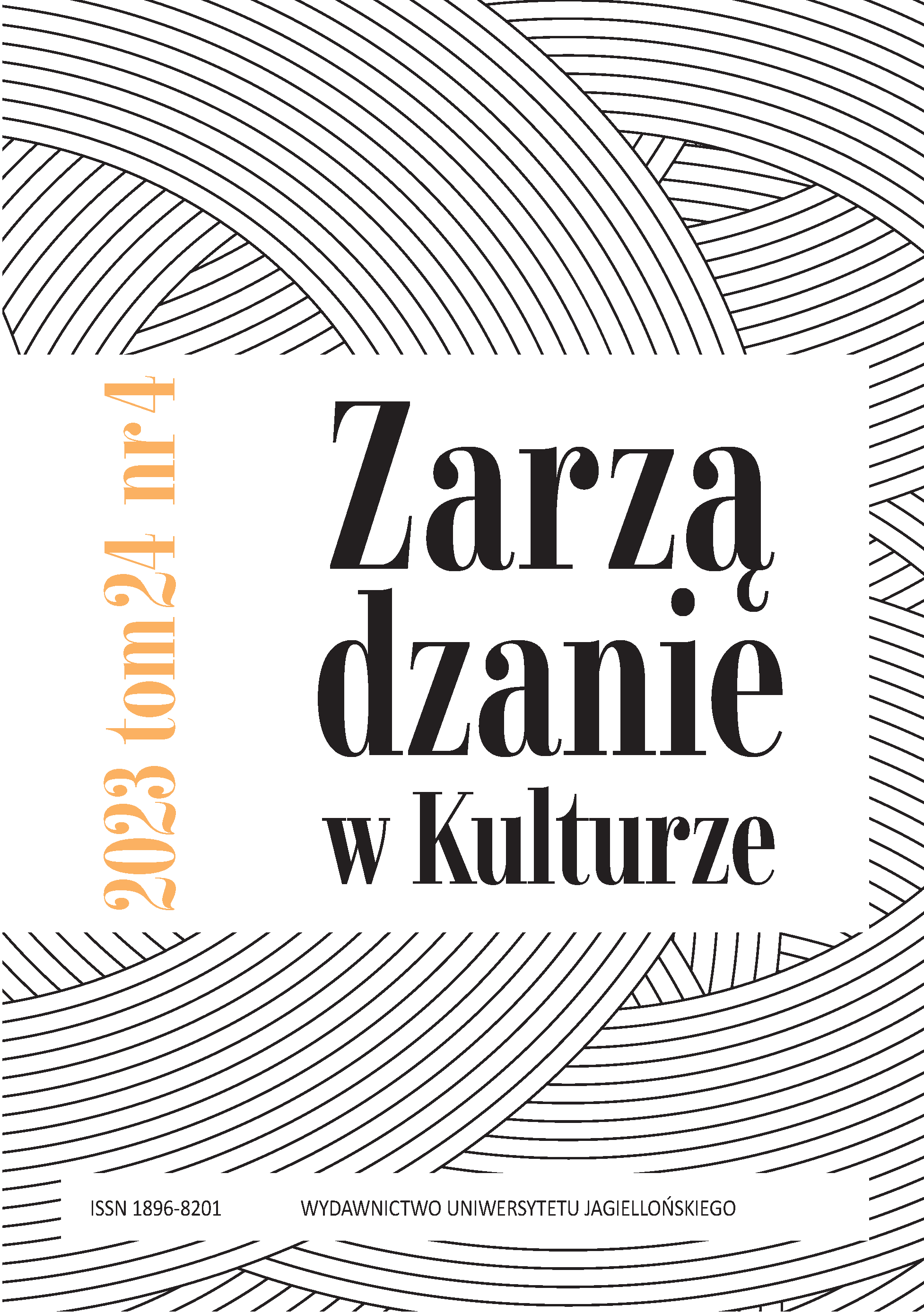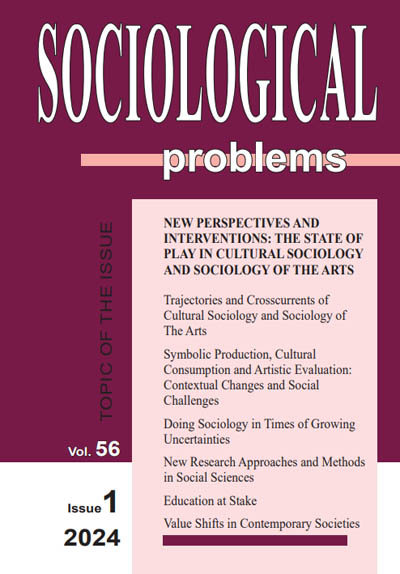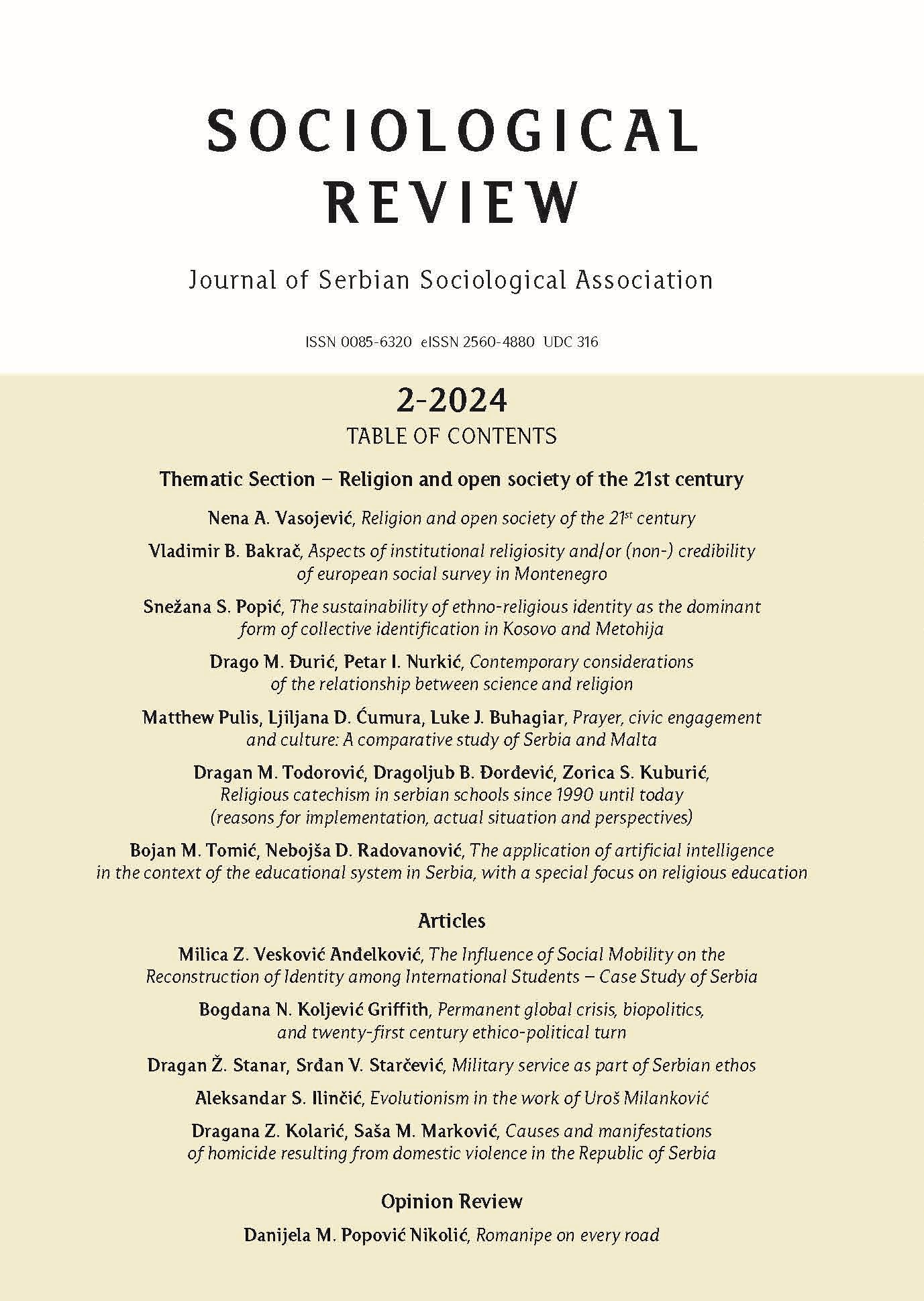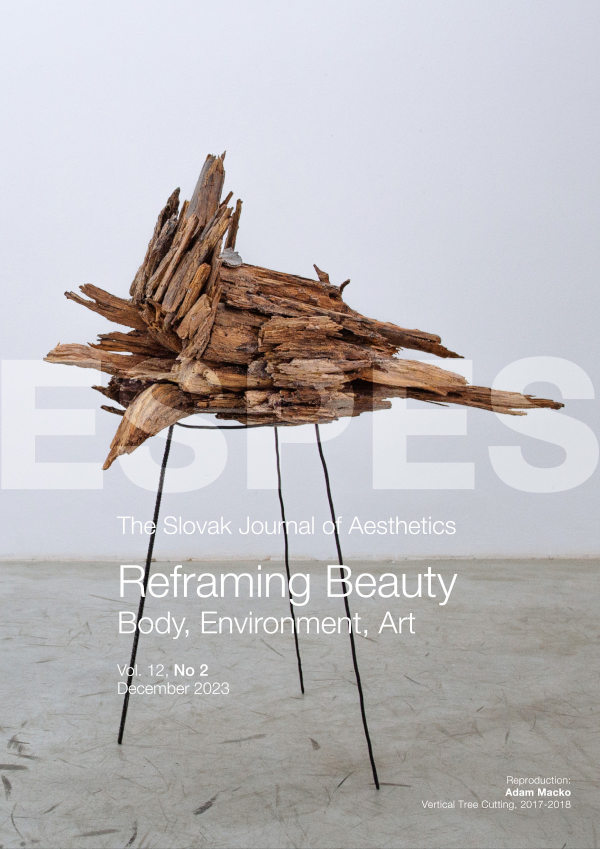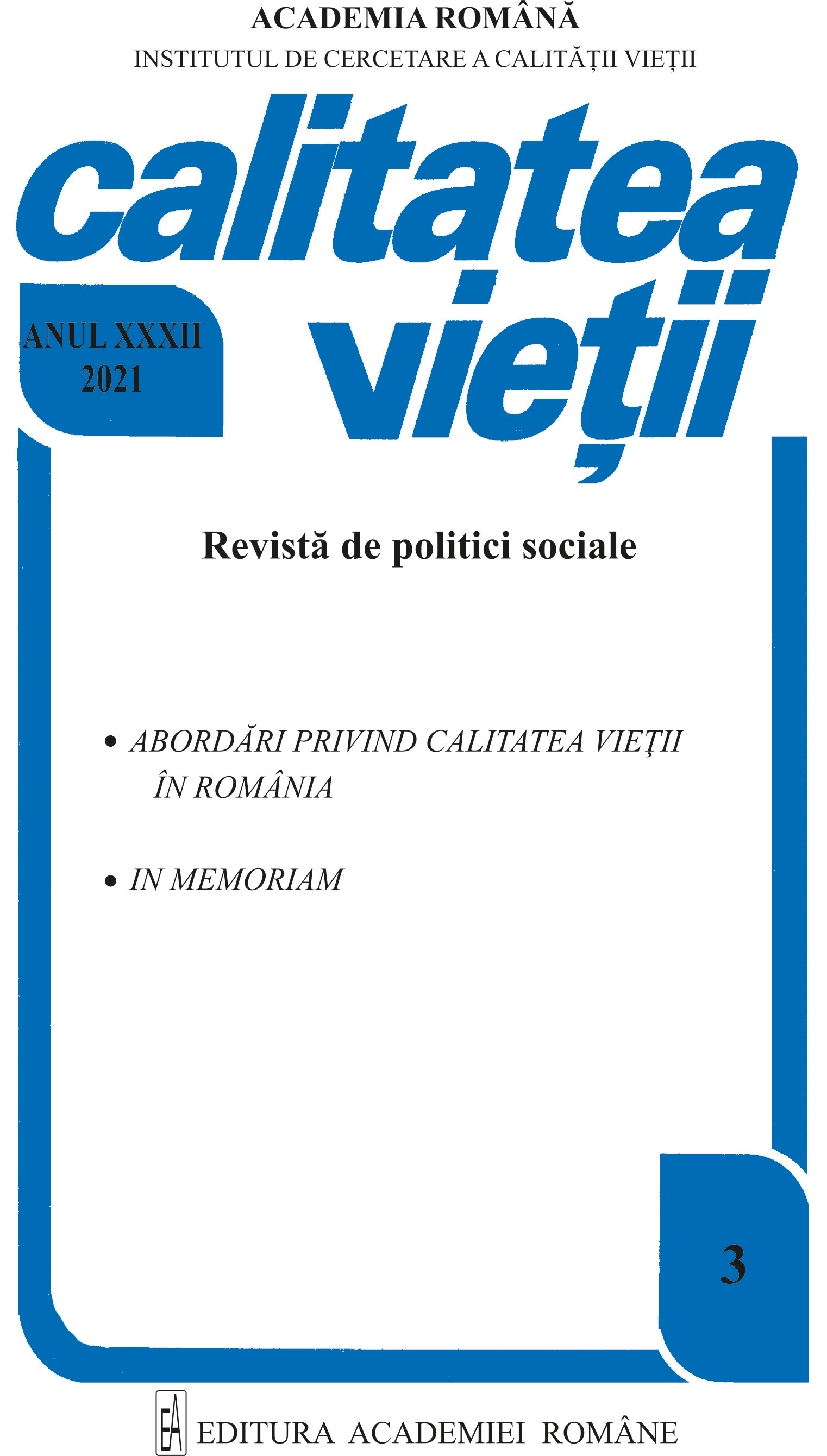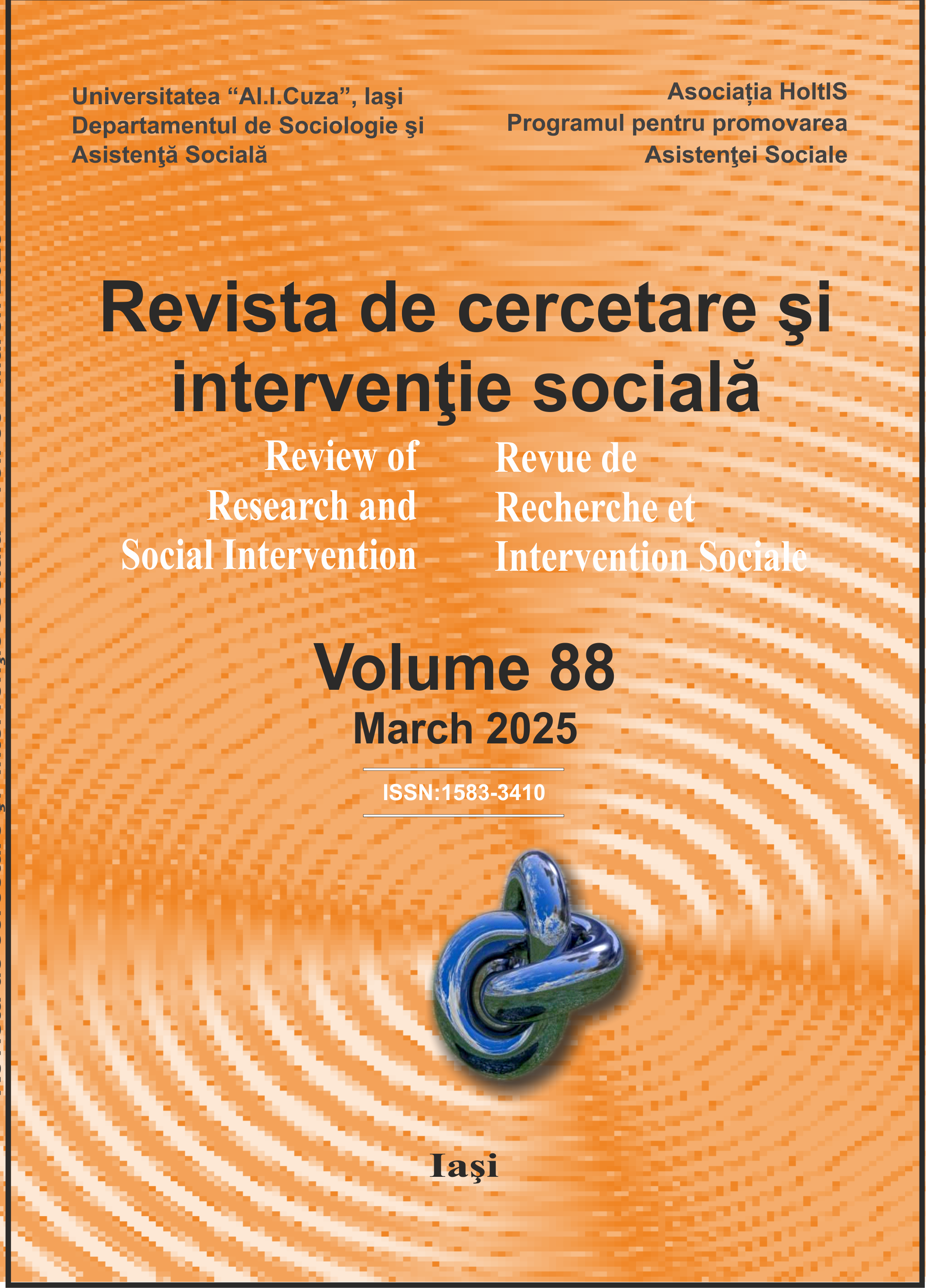Конструирование возраста в журнале «Работница» в советское время
The paper deals with the construction of age in the magazine “Rabotnitsa” during the Soviet time. In social context age is especially significant for women, because it has an impact on their lives more than on men’s lives; that is why a magazine for women is under scrutiny in this research. Moreover, it is important to consider how this discourse about age changed during the Soviet time in order to understand contemporary situation with woman aging better. It is worth mentioning that age is a socially determined construct, which should be considered as other social categories like gender in order to create a complex overview of power discourse. During this period of time age was represented by three different types of categories: political, structural and corporal. The way of representation was strongly connected with political regime and economic, cultural and social situation in the country. Youth was the key-concept in all periods. Nevertheless, methods which can help to preserve it ranged from acquisition of literacy and active participation in public life to usage of special corporal anti-age practices and cosmetic procedures.
More...
